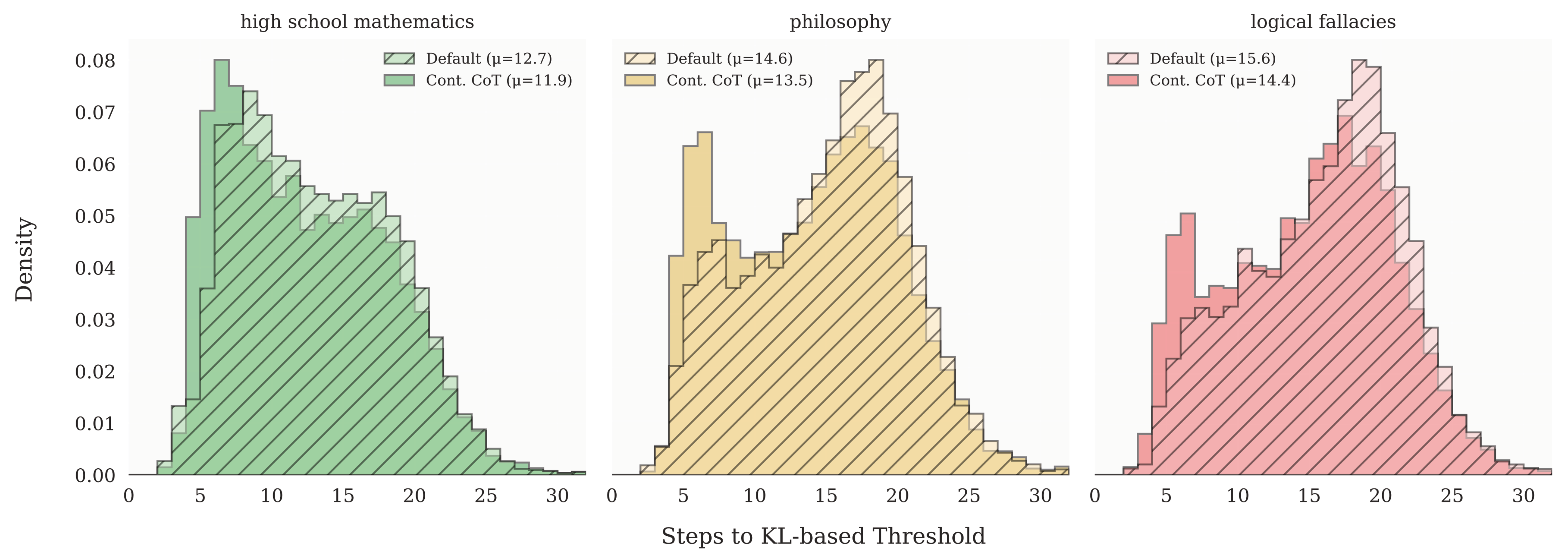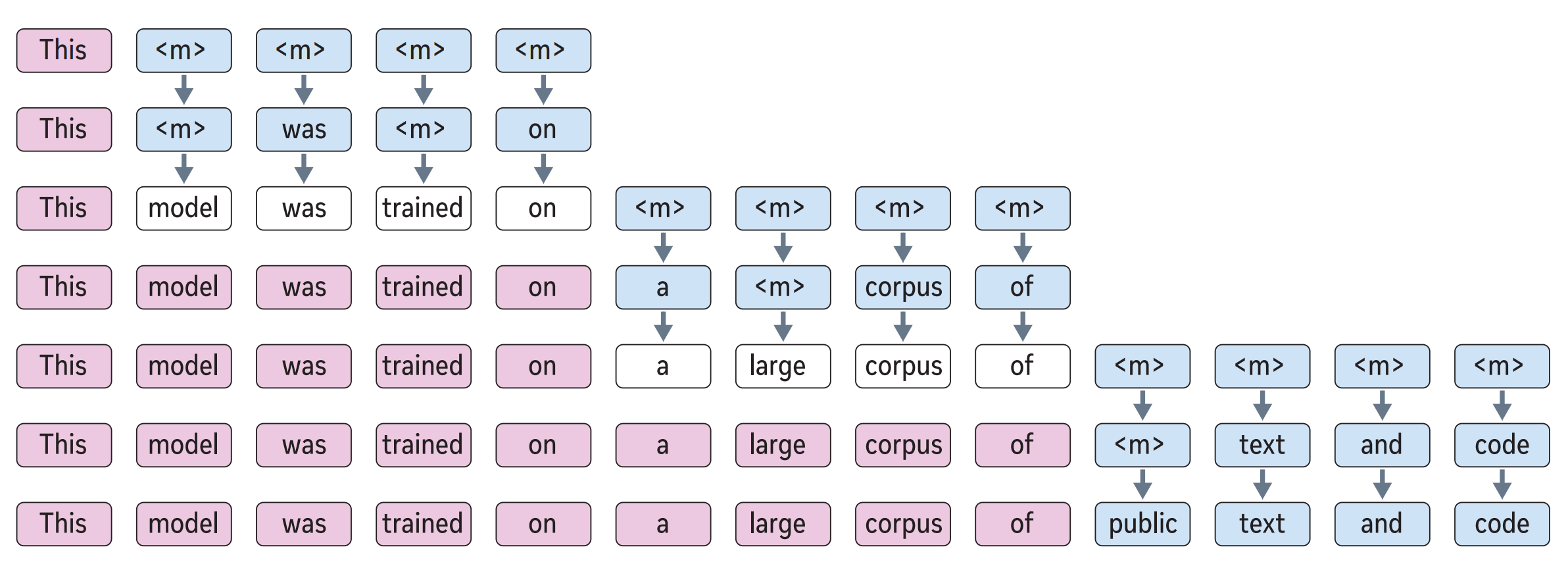Scaling up Test-Time Compute with Latent Reasoning: A Recurrent Depth Approach
The key idea
This work explores the idea of having a recurrent block within a model at inference time, so that it can vary the amount of compute spent generating each token, without requiring decoding back into language space. This can capture types of reasoning which are difficult to express in natural language, and can therefore improve its reasoning capabilities.

Background
Test-time compute allows models to express intermediate steps or calculations when solving complex problems, making it effective for tasks that require extensive reasoning. However, by virtue of autoregressive generation, these intermediate “thoughts” must be projected down into discretised tokens.
This work argues that models could be more capable if they are not constrained to think in language space, but rather their native (and continuous) latent space.
Their method
The authors’ solution is to introduce a recurrent unit to allow for additional test-time compute. This recurrent unit can scale indefinitely, and shares many parallels with RNNs and diffusion models.
The architecture is comprised of a prelude (which embeds the input data into latent space), a recurrent unit which modifies the latent state and can be repeated a variable number of times, and a coda, which decodes the latent space back into a natural language token, and includes the prediction head of the model. Each block is structured as a transformer-decoder module.
In order to train this architecture with a variable number of iterations through the recurrent unit, the authors randomly sample the number of iterations for each input sequence. In order to keep the computation and memory low during training, they only backpropagate through the final $k$ iterations of the recurrent unit (given that they inject the output of the prelude into each iteration of the recurrent unit, gradient updates also propagate through the prelude).
Results

The authors found that their method outperforms Pythia models and is comparable in performance to first-generation OLMo models (although falls behind later OLMo models) with just 3.5 billion parameters. As a proof-of-concept and the first recurrent-depth LLM to be trained at this scale, these results are promising and indicate more work should be carried out in this space.
In addition to predetermining the number of iterations the model should take through the recurrent unit, it’s also possible to have adaptive compute in a zero-shot manner at test-time. They achieve this by considering the KL-divergence between two successive passes of the recurrent-block. If it falls below a certain threshold, then they can stop iterating, sample the output token, and move onto the next token.

Takeaways
Although there is other work looking at latent reasoning for LLMs (Coconut, for example), this is still a relatively early piece of work in this space, but initial results are promising. It will be exciting to follow how this space continues to develop in the weeks and months ahead, and we expect to see state-of-the-art reasoning models transition their reasoning from language space toward the latent space.




Comments